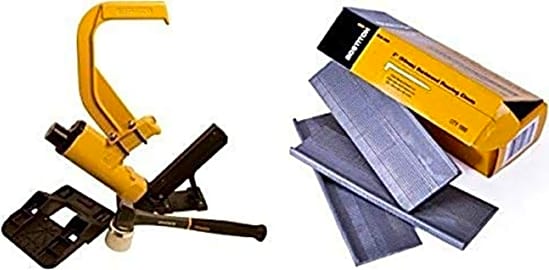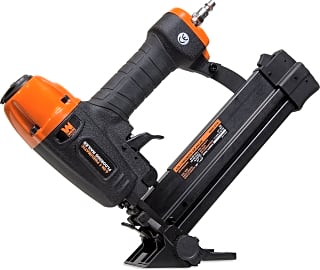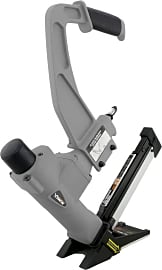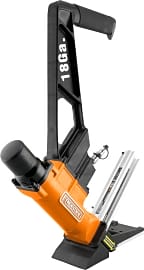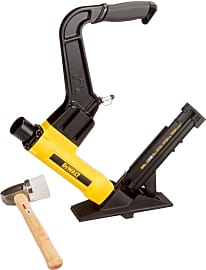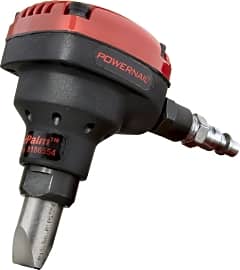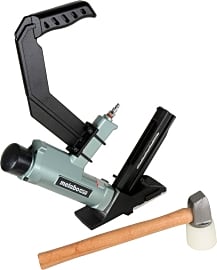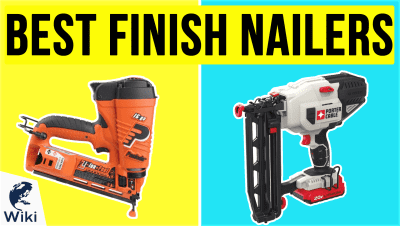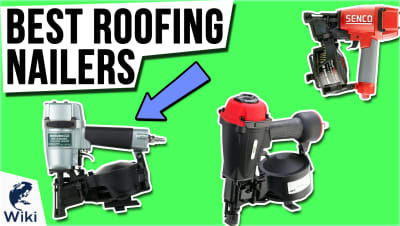The 8 Best Flooring Nailers

This wiki has been updated 19 times since it was first published in September of 2020. With the help of a rubber mallet, flooring nailers are designed to attach tongue and groove flooring to the subfloor beneath. By shooting fasteners at a 45-degree angle into the tongue of one board, the unsightly holes are then concealed by the groove of the proceeding board. Always remember to maintain proper safety practices when using power tools, and wear eye protection at all times. When users buy our independently chosen editorial recommendations, we may earn commissions to help fund the Wiki.
Editor's Notes
September 07, 2020:
Flooring nailers are designed to quickly and efficiently install a variety of flooring types, but only if used correctly. The correct type, thickness, and length of fastener must be used, or your flooring can end up splitting, or result in squeaky or warped floors over time. Always check with your flooring manufactures recommendations to ensure your wood is installed correctly and your project goes smoothly.
We made sure to include a palm nailer on our list, the Powernail PowerPalm, due to its convenient size. Typical mallet activated nailers are too large to be used to install the first few (starting) or the last few (finishing) boards, which is what the palm nailer is designed for. Without it, you would have to top-nail those boards in place, which is not ideal.
Always review the safety manual of your nailer, and take the recommended precautions seriously. Any time you're dealing with compressed air, sharp nails, and wood, the risk of serious injury is high. To protect your eyes and face from any potential flying debris, make sure to wear safety goggles at all times. If you ever need to do any kind of adjustments, always disconnect it from the air supply first.
If a flooring nailer is too specific, and you're looking for a tool that can handle a broader range of tasks, consider one of these more traditional nail guns.


